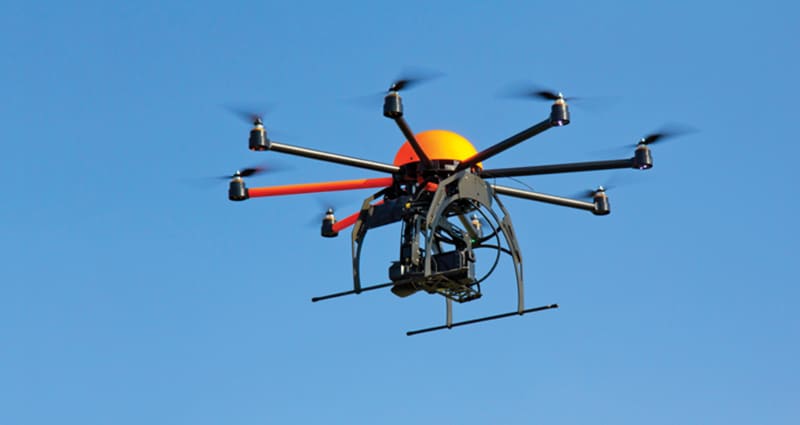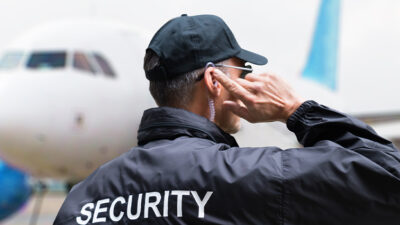Safety Culture for Small UAS Operators

With the upcoming release of the Notice of Proposed Rulemaking (NPRM) governing small “Unmanned Aircraft Systems (UAS)”, there is increased focus on the Federal Aviation Administration’s (FAA) ability to safely incorporate commercial UAS into our crowded airspace. For the purpose of this article, small UAS is defined as an aircraft without an onboard pilot weighing less than 55 pounds and all of the associated equipment required for the safe operation of this aircraft.
Many within the model aircraft and small commercial UAS community have stated that the proposed regulations are too onerous, especially the requirement for a private pilot license. This community along with many manufacturers, small UAS advocacy groups, and trade organizations contend that commercial small UAS should not be held to any standards in excess of existing model aircraft standards. These proponents argue that model aircraft have been used safely in this country for decades under community-based standards from organizations like the Academy of Model Aeronautics (AMA).
These proponents may be right, requiring a private pilot license is too onerous, but with the dramatic increase in UAS sightings by traditional aircraft on approach or at altitude this year raises valid concerns for the safety of both air traffic and the population at large. The combination of inexpensive systems with light weight highly capable cameras has paved the way for hobbyists to provide commercial services once reserved for traditional aircraft. This new-found capability has led to drone fever and with an incredible increase in small UAS access to the airspace.
Our foremost concern is safety. The FAA has neither the capacity to enforce the proposed rules nor the willingness of many small UAS operators to voluntarily comply. Several safety concerns arise which include the reliability of systems, the ability for community-based standards to promulgate into the commercial realm, and whether the FAA’s newly proposed rules will increase safety or alienate a large segment of the small UAS community that are most vulnerable to accidents.
In my opinion, the FAA’s proposal to require a private pilot license is more focused on accountability and security than on improving safety. The true solution to mitigating the UAS risk is building a strong safety culture among commercial small UAS operators.
Safety Culture
Safety culture is the way an operator or organization approaches promoting safety. Safety culture usually describes attitudes and behaviors within an organization, but in this instance we are advocating for the need of an industry-wide safety culture.
One could argue that commercial aviation has an industry-wide safety culture, with the adoption of Safety Management Systems (SMS), and the fact that commercial operators compare their safety records to the industry as a whole.
The commercial small UAS industry is just beginning. The vast majority of operators do not meet the level of requirements laid out by the FAA, nor do these operators have an understanding of the threat they pose to the national airspace system.
Building a safety culture among individuals that lack a traditional commercial aviation background will be a challenge. The key to successful safety promotion in this target population is in fostering professionalism and focusing on the tenants of safety culture: perception, behavior, and value.
Perception and Behavior
There is a perception that anyone can fly a small UAS. Many UAS are so simple and intuitive that would-be operators think they can forgo training. It is true that small UAS manufacturers are working to make flight controls as simple as possible. Regardless of the simplicity of the system, non-technical skills and aeronautical knowledge is required to reduce the risk small UAS pose to others.
Many model aircraft hobbyists have immense skill at flying small aircraft remotely, but have they ever maintained a logbook or conducted a debrief? A new culture of safety will require commercial small UAS operators to see their new line of work as a profession, not a hobby turned profitable. If small UAS operators have the perception of their work as a profession then they can view safety as an integral part of that profession. Second only to technical proficiency is professional attitude and behavior. Small UAS pilots must take ownership of the systems and feel accountable for the performance of the system and any consequences of their action. This includes exceeding the boundaries of their airspace, or UAS flight into property or terrain. Professional small UAS operators should not exceed the limitations of the system and never take on undue risk. This may be a difficult paradigm shift for some who are used to pushing the limits of flight with model aircraft.
Lastly, an important perception and behavior small UAS pilots will need to adopt is the practice of acknowledging errors, accepting setbacks and making changes to their plan to improve safety or ensure mistakes don’t happen again.
Value of safety
Perceptions, attitudes and behaviors like the ones discussed above are learned, not inherent, and are at the core of a strong culture of safety. Building a strong safety culture will require effort from all stakeholders. Stakeholders like community-based standard organizations, original equipment manufacturers, the FAA, and leaders in the aerospace insurance industry will need to promote safety awareness training based on the shared experience of commercial small UAS operators. The operators and pilots also have a responsibility to share information with stakeholders in the same way traditional commercial aviation organizations share data on accidents and incidents.
The next few years will see a rapid expansion in the commercial UAS space. It is imperative that the aviation community bring these new pilots into the fold and not build barriers that will promote unsafe acts.

The mission of the Unmanned Safety Institute is to improve safety in Unmanned Aircraft Systems operations. The Unmanned Safety Institute is a professional training organization for UAS operators and organizations focused on improving safety in UAS operations through the adoption and modification of time honored aviation safety and training practices.
http://unmannedsafetyinstitute.org
© 2025 Unmanned Safety Institute, LLC. All Rights Reserved.
Next ArticleRelated Posts

Emerging Security Threats in Business Aviation: Activism and Down-Route Risks
Security incidents affecting business aviation do not need to involve violence to have an operational impact. A protest delaying crew movements, blocking access to a hangar or resulting in an unauthorized photograph of a sensitive client can all trigger reputational, financial or compliance concerns for operators.

Little Things Matter: The Lost Key of the Titanic
Ultimately, the story of the Titanic’s lost key is a call to action for aviation professionals. It underscores the need for unwavering attention to detail, robust systems to catch human error and a culture that prioritizes safety over haste.

